If you need to know more about guidance and boundaries, this is the post for you because we’re going to explore what guidance and boundaries as a parenting capacity dimension represents and why this is important for you. As well as what you should focus on for the best outcomes.

Guidance And Boundaries As A Parenting Capacity Dimension
So, we’ll talk about what elements of guidance and boundaries need the most attention in order for you to excel at managing child behavior. And I’ll mention resources that can help you with this.
Before we begin, let’s mention what guidance and boundaries represent in the context of parenting capacity.
Guidance and Boundaries as a parenting capacity dimension is referred to as the way parents teach, assist and facilitate a child to manage their emotions and behavior which they’re doing by:
- regulating and shaping the behavior with a set of limitations and boundaries aimed to get a child to establish an internal model of moral values, develop a conscience, learn socially and culturally acceptable behavior, and
- by directly demonstrating and modeling prosocial behavior, balanced emotional regulation and expression, and socially acceptable and respectful interpersonal interaction.
Now we can start exploring it more thoroughly. But first, we need to mention parenting capacity for those who are unsure what it is.
And for those of you who already know what it’s about, go ahead and skip that part.
Note: Although I am a Clinical Social Worker, engaging with this website does not establish a professional social worker-client relationship. The information provided here is for general purposes only and should not be considered professional advice. While we strive to ensure accuracy and reliability, this content is not a substitute for professional guidance. For specific concerns, issues, or situations, it is essential to consult a qualified professional and present your situation. Read the full Disclaimer here.
HOW WE DEFINE PARENTING CAPACITY
Parenting capacity refers to parents’ capability to recognize the child’s needs, give them a priority, and respond to them suitably so they can provide protection, care, and necessary conditions for a child to grow and develop.
These necessary conditions need to fit the child’s age, which means they need to be adapted to the child’s developmental needs and evolving capacities. And have to match the phase in the child’s development.
To know more about how or how well parents respond to the child’s needs, we need to undertake a parenting capacity assessment. And parenting capacity has several dimensions. They are:
- ensuring safety,
- basic care,
- emotional warmth and responsiveness
- guidance and boundaries,
- stability, and
- stimulation.
To be able to become clear about the parenting capacity of a parent, we need to put effort into understanding more about these 6 dimensions with each parent.
WHAT PARENTING CAPACITY IS NOT
Parenting capacity IS NOT:
- static or inflexible
- to be reduced just to some psychological factors of parenting,
- just about psychological processes,
- necessarily reflected in the child-parent relationship,
- determined by the child-parent interaction.
- to be seen as the individual skills and capacities of a parent that are fixed or even innate.
If you’re under these impressions, that’s likely caused by misconceptions about individual characteristics being all that influence one’s well-being.
It can happen that you’re not (fully) aware of these beliefs.
And if that’s the case, you should know that parenting is going through a continuous process of change and influence that’s depending on the conditions and circumstances a family encounters in the family life cycle.
This means there is a constant exchange between the family and the social environment. A family is a part of society, whose values and culture are reflected in a family.
Of course, individual characteristics of a parent and of a child matter a lot. But there’s much more to it than psychological traits, psychological processes, and individual attributes.
The criteria for good parenting capacity, or good parenting in general, are not to be defined by our personal values and aspirations. Since we all have so many of them.
This means we shouldn’t confuse good parenting with our personal beliefs, aspirations, and (sometimes/often too high) criteria.
For much more about parenting capacity and the 6 dimensions of parenting capacity, read my blog post that covers that in detail. Here is the link to access it: What Is Parenting Capacity And How To Find Balance As A Parent?.
You may want to check out also:
Next, we need to mention factors that affect parenting capacity. Considering this creates a lot of confusion and there are many misconceptions concerning this.
LIVE Q&A And Consultations with Jovana (WISHLIST)
Want a chance to get included in live weekly calls with me and get access to my expert insights, advice, recommendations, and guidance for your unique situation?
Consider signing up if you are aiming for:
- achieving tremendous child-parent relationships with the least effort possible as you learn what to focus your attention to
- attuning to healthy child development practices without losing yourself in the process and ignoring your human needs, rights, and aspirations for your life
- understanding and responding to your and your child’s needs better and carefully easing the tension between the two
- having your most pressing questions and concerns addressed and ongoing support
- getting skilled in honoring the child’s best interest in each life situation with the help of a few key rules and principles (child wellbeing, independence, autonomy, participation, and equality)
- experiencing a supportive and cooperative relationship with the other parent or a co-parent even in high-conflict circumstances
Address your doubts, concerns, and challenges, but also reflect on your situation through the experiences of others in this small and supportive community.
You’ll unlock monthly access for 60% off of my current hourly rate!
WHAT FACTORS AFFECT PARENTING CAPACITY?
Factors that affect parenting capacity are circumstances that can potentially obstruct parenting capacity or parenting competence. Their existence in family dynamics creates confusion and fear in terms of outcomes on the child’s functioning.
They are physical disability, mental illness of a parent, intellectual disability, psychoactive substance abuse, criminal behavior or lifestyle, violence between intimate partners (domestic violence), family conflicts, parent’s trauma, and socioeconomic conditions.
When I say they have the potential to limit parenting capacity, this means that children can be at risk, and even have their well-being or life endangered.
Still, the fact is that children living in families impacted by these circumstances aren’t necessarily at risk of long-term negative outcomes.
And we need to be very attentive to common stereotypical perspectives and prejudices about these families and those kids.
The right way is to more than anything focus on strengths. To observe things from the perspective of strengths. Or we’ll contribute to these families facing (more) stigma and even marginalization.
So it’s not about having a problem or a condition, it’s about if and how this influences competence.
And if it does in some way, we put effort to understand what parts of capacity we’ve got preserved, what are factors of protection vs. the factor of risks, what are the available support systems or resources, etc.
Simply being affected by these circumstances DOES NOT mean we have weakened or limited parenting capacity.
GUIDANCE AND BOUNDARIES DEFINITION
Guidance and Boundaries as a parenting capacity dimension is referred to as the way parents teach, assist and direct a child to manage their emotions and behavior which they’re doing by:
- regulating and shaping the behavior with a set of limitations and boundaries aimed to get a child to establish an internal model of moral values, develop a conscience, learn socially and culturally acceptable behavior, and
- by directly demonstrating and modeling prosocial behavior, balanced emotional regulation and expression, and socially acceptable and respectful interpersonal interaction.
It’s easiest explained as parents assisting a child to regulate their emotions and behavior, so the child can evolve into an autonomous person and responsible adult.
So, a parent’s job here is to shape and model ”appropriate” behavior and human interaction, so a child can develop prosocial behavior, internalize a sense of morality and conscience, as well as learn how to control and manage its reactions, emotions, and behavior.
This means a child will become:
- competent in quality, prosocial and positive interaction with other people,
- achieve well-balanced independence,
- and will have crystallized prosocial values.
As a result, children will have learned social skills to use in many different social situations and interpersonal interactions.
HOW DO YOU PROVIDE GUIDANCE AS A PARENT?
As a parent, you provide guidance to children by:
- Modeling socially acceptable and appropriate behavior.
- Directing and regulating behavior.
- Teaching a child to handle emotions in social situations and interactions.
- Supporting them to develop skills for resolving issues in relationships with others.
- Demonstrating how to show a sense of care for others.
- Assisting and supporting a child to overcome frustration.
- Maintaining clarity and flexibility of the rules, expectations, and limits.
- Providing enough explanation and directions.
- Keeping flexible and clear boundaries.
- Managing confrontations and conflicts (respectfully).
- Disciplining (in a positive way – respectfully and safely, with a focus on learning not on retribution.
- Being consistent with disciplinary measures.
- Positively structured rewards system.
- Anger management.
- If using punishments – make sure a child is learning from their mistakes.
- Providing parental supervision.
So you provide guidance to children by regulating and shaping child behavior with a set of limitations and boundaries, as well as demonstrating and modeling prosocial behavior, balanced emotional regulation and expression, and socially acceptable and respectful interpersonal interaction.
You will find useful also:
CAN BEHAVIOR BE UNLEARNED?
It’s important to note that behavior can change or unlearn, and be replaced with a more functional, or prosocial one.
However, at times, you might need to consider consulting a professional for guidance and assistance in achieving this.
When issues arise regarding this dimension of parenting capacity, it’s important to spend some time analyzing your unique situation, to better understand what causes/caused problems. And you want to think about and answer some important questions.
Let’s mention them now because they’re usually enough to gain more perspective on where you stand concerning guidance and boundaries.
#1 How do you steer and regulate a child’s behavior?
#2 How flexible and clear are the boundaries?
#3 How flexible and how clarified are the rules and the expectations?
#4 How do you teach a child to deal with frustration?
#5 Are you modeling the behavior you expect to cultivate in a child?
#6 Do children understand why they’re being punished (if you use punishment) and learn from their mistakes?
#7 Are punishments (if you use them) weighted to the mistakes and appropriate for the child’s age?
#8 Are the disciplinary measures effective and consistent?
#9 Do you use corporal punishment? STOP.
#10 Is the reward system positively structured?
#11 How do you resolve conflicts?
#12 How do you and the other parent sort out different or opposed perspectives regarding guidance?
These questions are explored in detail in my blog post that’s dedicated to parents who need to improve this parenting capacity dimension. Follow this link to Child Guidance: 12 questions for parent self-evaluation.
Or you can get it in an ebook and workbook format which is much more convenient:
RECOMMENDED GUIDANCE RESOURCES
Helpful resources to help you with guidance and boundaries I recommend:
1. GUIDANCE FROM PARENTS: What Is It In Child Development?
2. CHILD BEHAVIOR MANAGEMENT: 12 Signs You’re Crazy Good at it as a Parent
3. Child Guidance: 12 Questions For Parent Self-evaluation Ebook+Workbook (printable and editable) helpful for uncovering why the problems with your guidance occur because asking these 12 questions help you understand more about your situation and what is a better way.
In addition to an e-book, I’ve developed a workbook that goes with it for you so you can get the most out of the guidelines in the ebook. It has has worksheets, goal planner, action planner, daily, weekly and monthly planner.
4. How To Set Rules For Kids The Best Way.
5. What Is Positive Child Guidance And Why Is It Important?
6. 10 Dos & Don’ts When Implementing Punishment As A Response To The Child’s Behavior – the digital download (printable and editable) that will help you:
- clear out what is and what isn’t recommended (or even acceptable) to do in the case of punishment,
- give you guidelines on what is effective and recommended in form of short tips,
- as well as help you take inventory of your punishment system and take action in case to make necessary changes.
IMPORTANCE OF GUIDANCE AND BOUNDARIES
Parental guidance is important because with effective parental guidance a parent takes responsibility to shape and model socially acceptable behavior in kids and demonstrate socially and culturally appropriate and respectful interaction with other people for the kids.
Now, I’m going to mention guidelines concerning effective guidance and boundaries that give positive results.
Let’s go through them slowly.
It’s ok to write certain points down if you need to, but what can also help is to think in pictures. (For example, by imagining how points would apply to your situation.)
#1 Balanced attitude around control supported with modeling of the prosocial behavior
Provide structure for the child and have a balanced attitude around control and be consistent with this, while being capable of modifying your expectations about your child’s behavior.
This way you become more skilled so you get less prone to over-controlling or overly punishing, or both. (And if you use punishments, it’s important to balance them out with rewards.)
At the same time, this can prevent you from overprotecting the kids (especially when it comes to preventing a child to learn and gain their own experiences) and being overbearing.
For the best results, you must not forget to pay attention to modeling prosocial behavior, empathy, and a balanced expression of emotions. And to always keep away from oppressive, patronizing, or over-dominant communication and practices.
But at the same time keep away from withdrawn or aloof parenting. (For more information about this parenting style, read my blog post about 5 Parenting Styles and understand more about yours).
Also, pay attention to obtaining flexible boundaries, instead of rigid and stiff boundaries, or on the other hand too soft and too flexible.
This means you need them to be flexible enough so you can respond properly to a child’s needs. And they shouldn’t result in overprotecting the child and being overbearing to them.
More about all of this, read in my blog post Child Behavior Management: 12 Signs You’re Crazy Good At It As A Parent. Just follow the link.
If you found the information on the blog helpful & inspirational and you feel like giving back, you can do it by clicking the donate button after entering amount you’re comfortable with. I’ll use it to create and deliver more useful content and resources like this. Thanks for your precious contribution!
#2 Clear and reasonable rules
When it comes to rules:
- You need to establish them.
- They shouldn’t change too much or often.
- They must be clear and comprehensive enough to follow.
- You need to set clear and reasonable limitations because a child needs to know and internalize how to behave.
- They shouldn’t be too strict or smothering, but flexible.
- Breaking the rules needs to lead to disciplinary measures and parents have to be consistent with it.
Set rules and expectations in a way that ensures the child understands what’s expected to do or not to do. And be careful about conflicting messages about certain expectations.
This also suggests that parents should follow each other and don’t undermine one another’s authority. To make sure a child doesn’t get caught in between you and the other parent.
Every parent needs to take responsibility for teaching a child what is socially acceptable behavior.
Also, remember that your response when a child is experiencing frustration is important.
You need to be tolerant enough to uncontrolled emotional expression when it comes to youngest children – rage and anger. And when it comes to older children and youth they can be moody, aggressive, demanding, in distress, etc.
An effective way is to let them express frustration and then direct the child’s attention away from frustration if you can’t directly manage it. Oftentimes, in these moments children just crave more connection.
If you need more direction concerning how to set rules optimally, I have a blog post that explores this. Here is the link: How To Set Rules For Kids The Best Way.
#3 Consistency in disciplinary measures, cautious and limited use of punishment, and avoidance of corporal punishment
Be consistent with the disciplinary measures, and if you realize they are ineffective, analyze if they’re appropriate in the first place. This means you need to know if you’re being too easy or too heavy on the kid concerning the behavior.
If you can’t answer this question, then try to mentally switch places with your kid. What would or wouldn’t work for you? Try to understand what you’re doing wrong – really try to put yourself in their position.
If your discipline system doesn’t show the results it should, you need to work on the system. Not reach corporal punishment. Wit thus you’re not teaching your child the lesson, you’re disrespectful to them because corporal punishment is attacking their human dignity and bodily integrity.
Additionally, corporal punishment doesn’t respond to the child’s needs nor does it instill social responsibility.
If you’re not sure what you’re doing wrong, ask for help. There are so many learning opportunities now.
When it comes to punishments, if you use them, keep in mind that:
- the punishments need to be revolving around learning the appropriate behavior
- the child needs to understand the purpose and the process of punishment
- the punishments shouldn’t be too strict, or too mild because they need to ”fit” the mistake’s importance
- the punishments need to be carefully structured,
- you must be very careful when implementing them due to their potential to be very, very harmful if not handled the ”right way”
- you MUST ALWAYS KEEP AWAY from being cruel or vindictive
- when implementing punishments, you need to be consistent and predictable – the child needs to know what’s coming.
With all of this, you must be very careful not to destroy the child’s willpower. This means that as a parent, you need tolerance for a certain level of disobedience.
The child shouldn’t confuse the message ”you did something wrong” with ”you’re disobeying my commands”.
Because it’s vital that their behavior is shaped in a way that ensures they can make functional interpersonal relationships and develop social responsibility. And the sense of morality comes from understanding what is true accountability and internalizing social values, not from fear.
This doesn’t mean that you should give up authority, quite the contrary. You need to use your authority to teach a child how the cause and the consequence are related.
Remember, they will learn from their mistakes and misbehavior only if they understand:
- what was it about
- what they did wrong,
- how to try to make up for it
- how to say ”I’m sorry” when needed, and
- how and why not to do it again or to do it differently.
Avoid the trap of believing a good child is a disobedient child. A ”good” child is a child capable of NOT CONFORMING when it’s time to NOT conform and obey.
If you need help with using punishment safely, read my post: What Is The Best Way To Punish A Child?.
#4 Respectful and equal treatment for kids
Children should be seen and treated equally (their voices equally evaluated).
This, among other things, implies that the child should be participating in decision-making about guidance and boundaries. Meaning that parents should encourage and consider the child’s voice, and let the child negotiate for themselves.
But, if you as parents have opinions regarding guidance that are opposite or conflicting, you need to resolve them without the child interfering.
This is because you’ll always be in the leading position and this is not the kind of responsibility a child should bear.
But, by encouraging participation you’re strengthening a child’s social responsibility.
And you should also hear what a child has to say about certain topics. Considering children have the right to participate in any decision that affects their life.
So every opinion and everybody’s rights need to be respected, and no family member should be submissive and restricted in power. This also means that family members understand different opinions are not threats. Therefore, xenophobia is discouraged and different choices aren’t seen as threats.
It’s integral that conflicts are resolved constructively and held under control most of the time. And that parents are encouraging dialogue within family dynamics.
As opposed to being authoritarian where any questioning and negotiations are seen as threats to authority.
So, family members shouldn’t be too frightened to confront each other’s behaviors. And the children are not to be too shy or too aloof and too afraid of confrontation.
This also means the usual atmosphere shouldn’t be too tense, hostile, fake, or unpleasant.
Family members need to be discouraged to use violence to establish or regain control.
And parents must stay away from using children to gain or regain control or dominance in their relationship with the other parent or over kids. This is detrimental and harmful to all.
Latest Posts:
- Special Gifts to Let Someone Know You’re Thinking of Them (13)
- 100 Ways to Challenge Yourself (Without Stretching Yourself Too Thin)
- What To Do When Your Parent Struggles With Alcohol
- How To Navigate Moving to a New Home With Your Kids
- Prenups for Young Couples (A Modern Approach)
- What Happens When You Sign A Prenup (Relationship-Wise + Legally)
FINAL THOUGHTS ON GUIDANCE AND BOUNDARIES AS A DIMENSION OF PARENTING CAPACITY
We’ve covered a lot about guidance and boundaries as a dimension of parenting capacity and, hopefully, you found it useful. And that it has given you direction and actionable tips to follow when it comes shaping and guiding your child’s behavior.
And now to you – what do you see as your greatest assets when it comes to guidance and boundaries? And do you think you’re experiencing certain difficulties with it?
Feel free to share in the comments below!
And I’ll see you there!

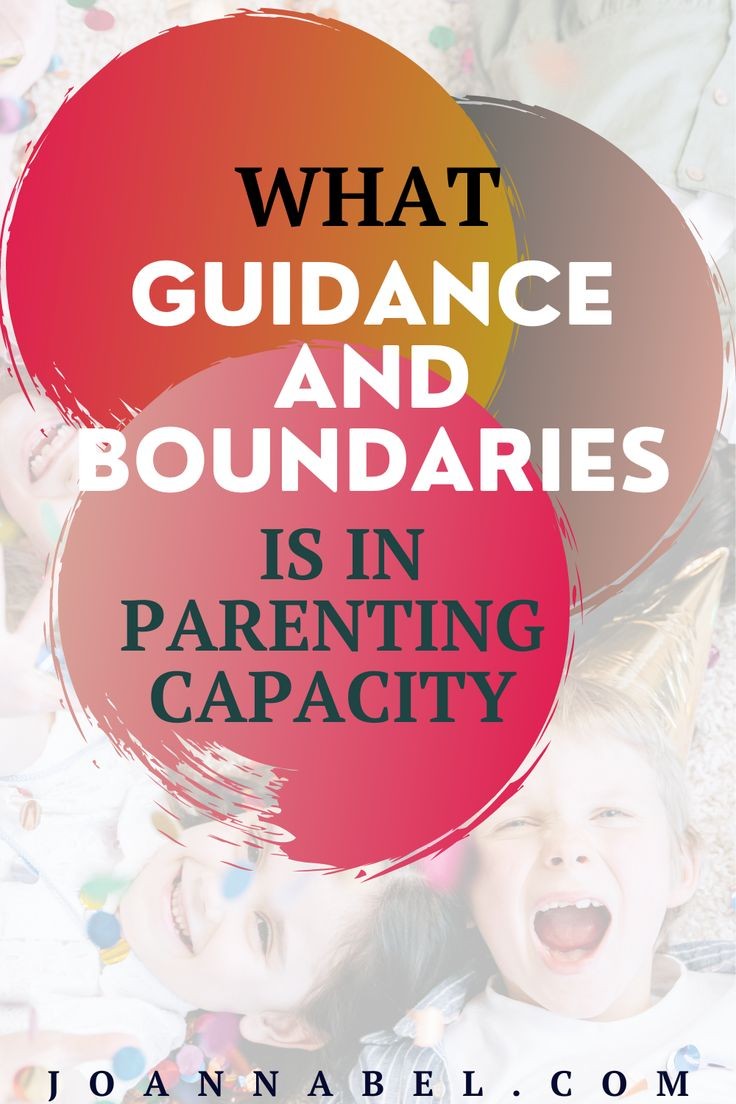
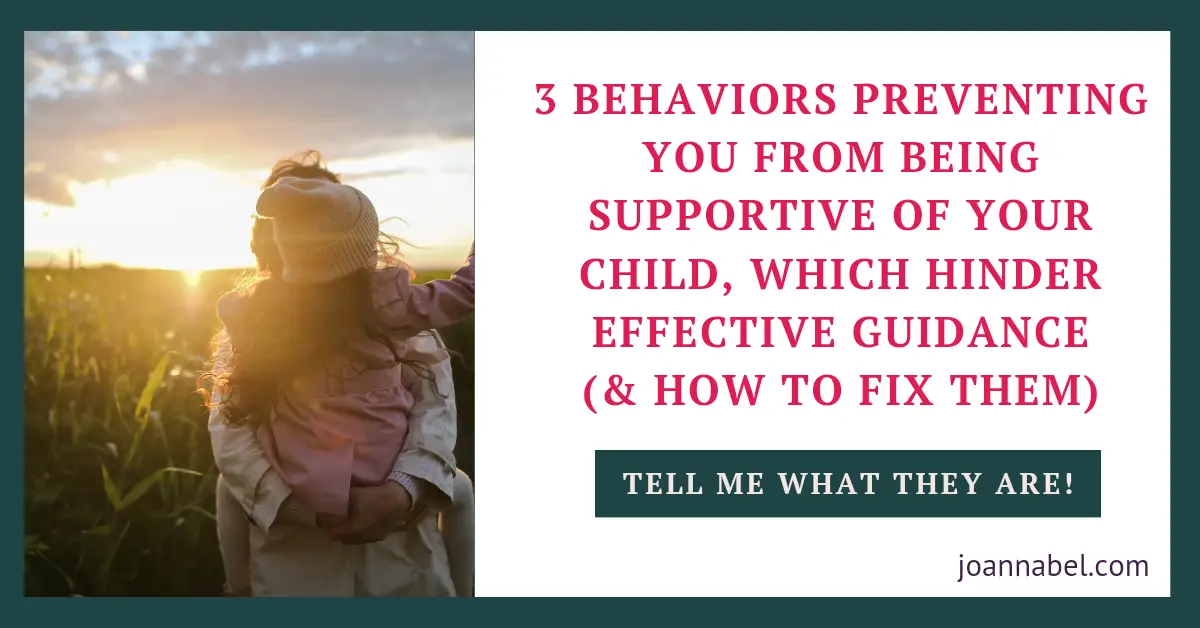
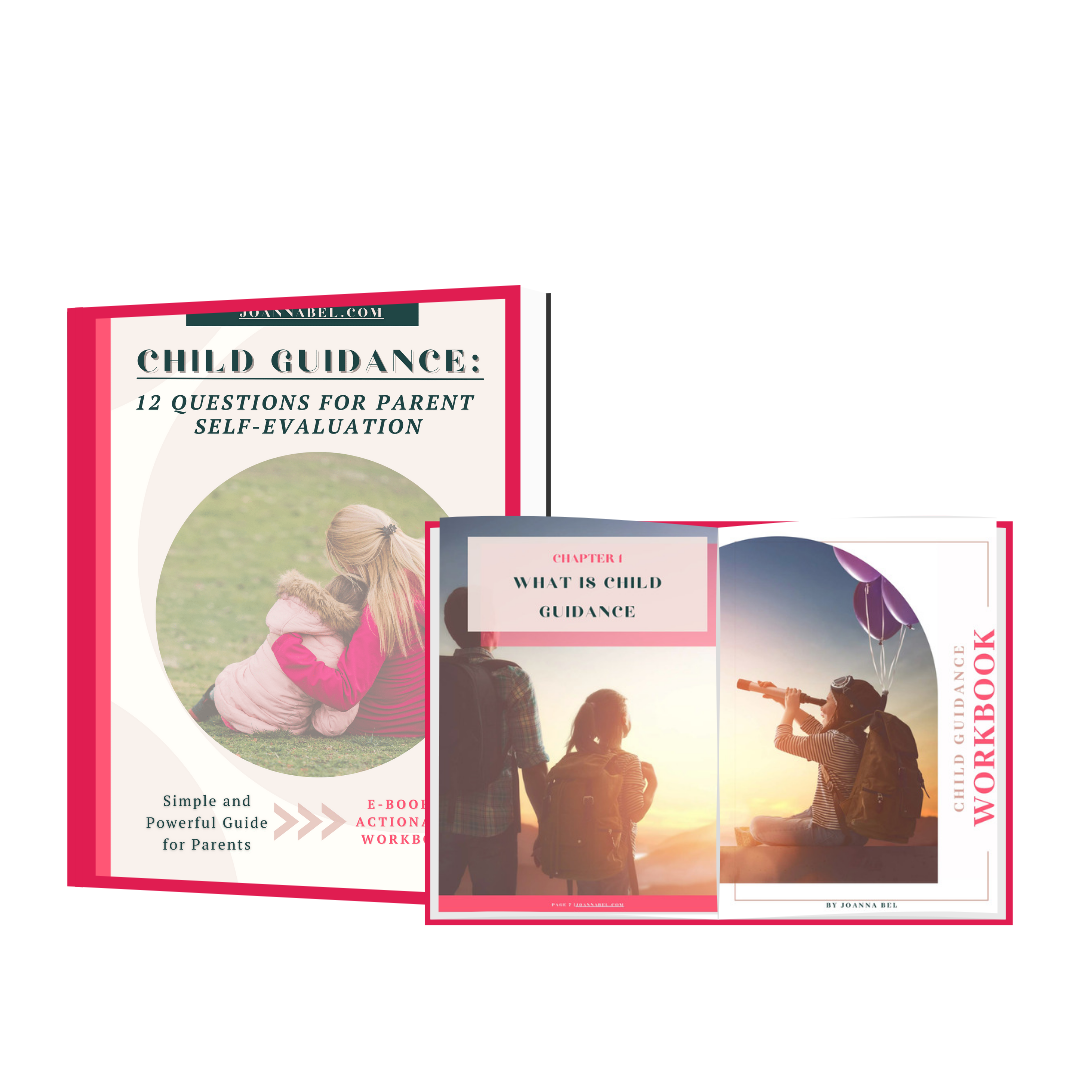
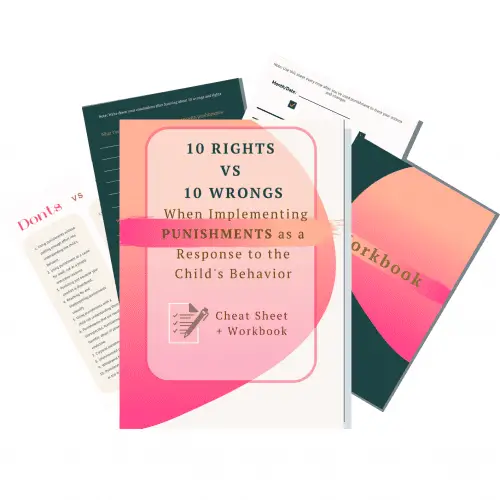











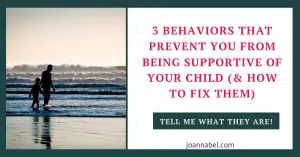

Leave a Reply